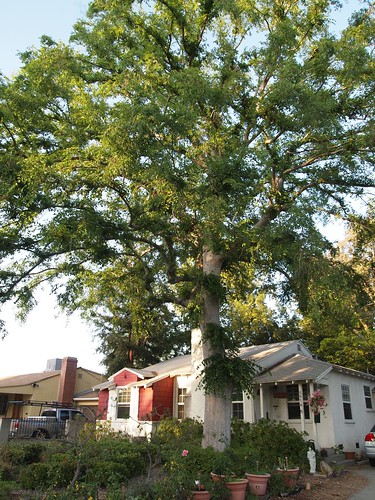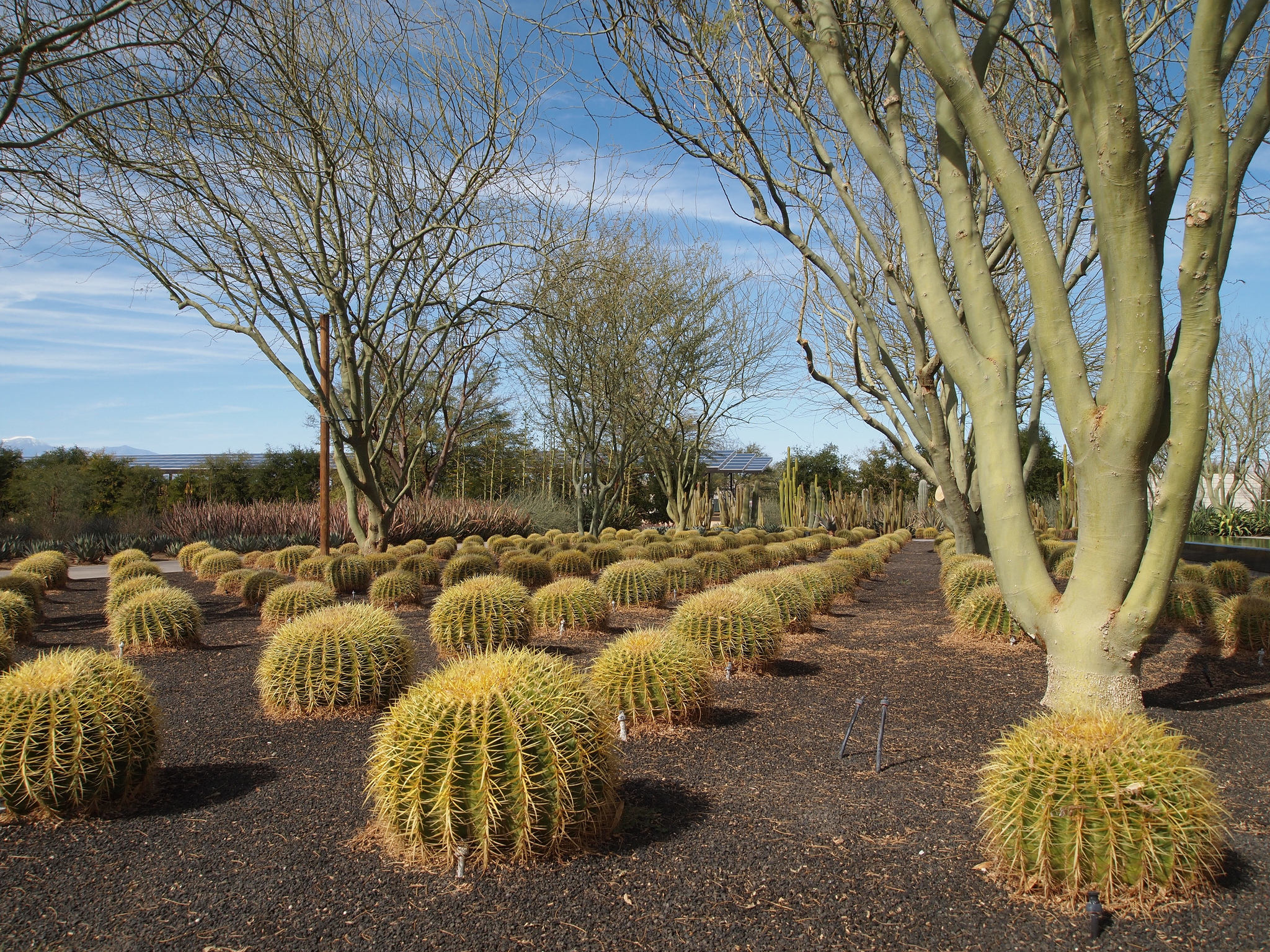Garden Inventory: Chinese Elm (Ulmus parvifolia)
Ulmus parvifolia, commonly known as the Chinese Elm[1] or Lacebark Elm, is a species native to China, Japan, North Korea and Vietnam.[2] It has been described as “one of the most splendid elms, having the poise of a graceful Nothofagus”.[3]
A small to medium deciduous, semi-deciduous (rarely semi-evergreen) tree growing to 10–18 m (30–60 ft) tall with a slender trunk and crown. The leathery, lustrous green single-toothed leaves are small, 2–5 cm long by 1–3 cm broad, and often retained as late as December or even January in Europe and North America. The apetalous wind-pollinated perfect flowers are produced in early autumn, small and inconspicuous. The fruit is a samara, elliptic to ovate-elliptic, 10–13 mm long by 6–8 mm broad.[2] The samara is mostly glabrous, the seed at the centre or toward the apex, borne on a stalk 1–3 mm in length; it matures rapidly and disperses by late autumn. The trunk has a handsome, flaking bark of mottled greys with tans and reds, giving rise to its other common name, the Lacebark Elm, although scarring from major branch loss can lead to large canker-like wounds — Wikipedia.org
This tree dominates our front garden and, if left un-pruned long enough, can obscure the entire front of the house with it s large, heavily leaved and somewhat weeping limbs. We let it go far too long and just recently had it pruned back. Each time we have it pruned, I am reminded of how much I like it. The particular specimen was badly abused when we moved in 16 years ago, being nothing much more than a large trunk and nothing else. Luckily, after many years of proper pruning I think it looks like an elm once again. It has a nice habit and is truly a showpiece in the garden.
Chinese elm are a common “street tree” here in the San Fernando Valley, but I think it might be possible that are a few American Elms scattered about. I have noticed trees with similar stems and leaves, but with a completely different bark and it had been confusing my identification. Now I am going to go back to those tress and see if, perhaps, they are the American Elm.
Other than regular pruning, our elm requires almost no other care, which makes it a great tree for my garden.
Photos of Chinese Elm (Ulmus parvifolia) with closeups of leaves, bark, and growing habit.
More information on Chinese Elm (Ulmus parvifolia):
- Chinese Elm on Wikipedia
- Chinese Elm at North Carolina State University
- Chinese Elm info and discussion at Dave’s Garden
Previously on Garden Inventory:
- Honey Locust (Gleditsia triacanthos)
- Aucuba japonioca variegata (Gold Dust Plant)
- Clytostoma callistegioides
- Ficus repens
- Lantana
- Sword Fern (Polystichum munitum)
- Lemon
- Redwood (Sequoia sempervirens)
- Ficus benjamina
- Ash Tree (Fraxinus)
- Black Pine (Pinus nigra)
- Snowflakes (Leucojum)
- Ming Fern Asparagus (Aspargaus retrofractus)
- Paperwhites (Narcissus papyraceus)
- Azalea
- Nandina domestica (Heavenly Bamboo)
- Eucalyptus
Garden Inventory is a series where I begin an inventory of all the plants and trees in my garden. Along with some of my own pictures, I will link to various sources of information about each plant and tree so we can learn a little more together.
I would also like to highlight your special plants and tress. Pass along your favorite plants in the comments and I will use them for future Garden Inventory posts. — Douglas














